Understanding Breast Buds: Early Changes Explained
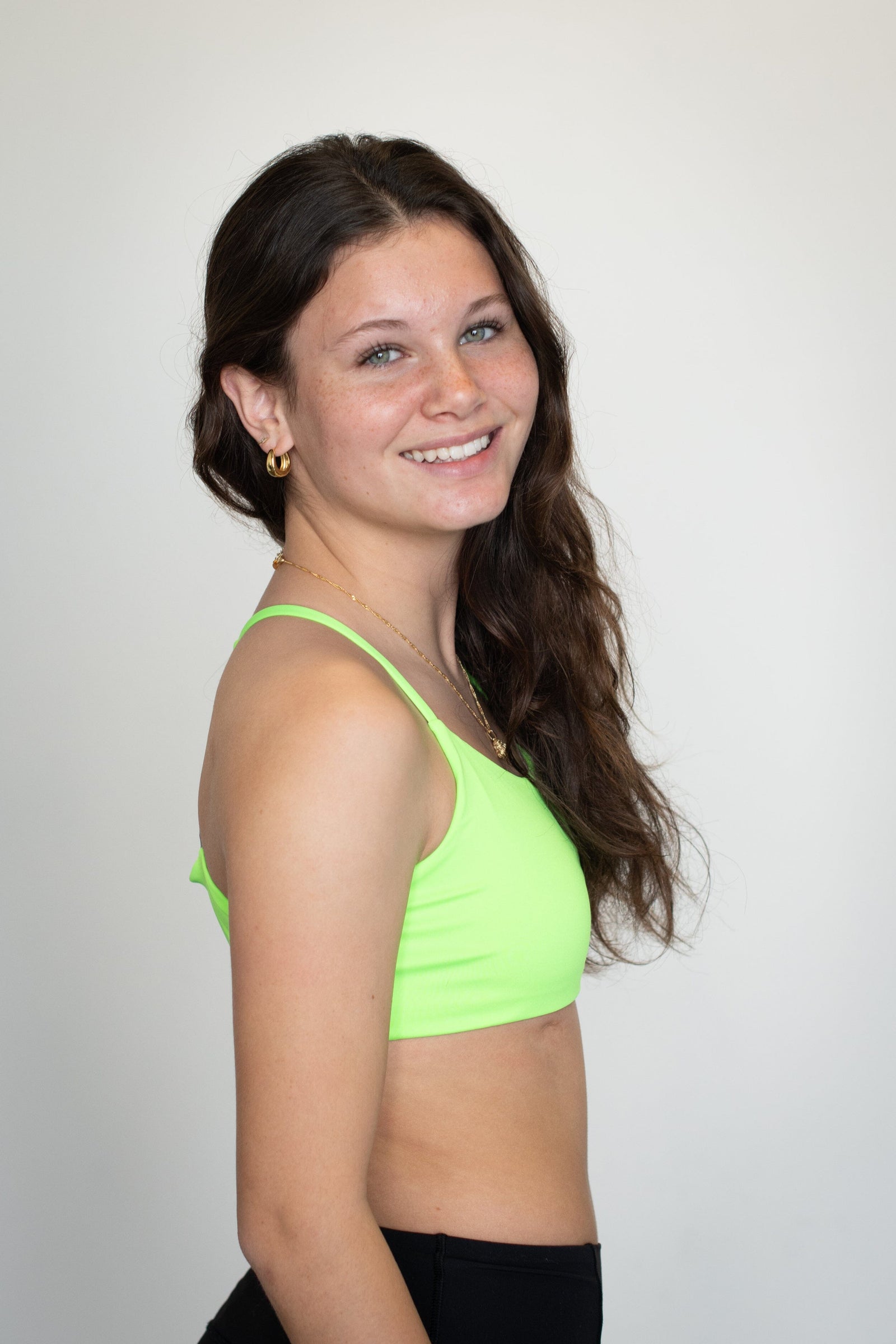
The first sign of puberty in girls is breast development – usually called breast buds.[1]
So when your daughter complains about feeling pain in her left/right chest, then you should know that she’s in her second stage of puberty. And, you don’t need to panic.
Read this article to understand all you need to know about breast buds, other physical changes that come with them and how you can support your daughter through it all.
What Are Breast Buds? And When to Expect Them?
A woman's breast begins with a bud. Breast buds look like small disc-shaped lumps and are usually found underneath the nipples of teen girls. You should expect them if your daughter is between the ages of eight and 13, or even seven years old if she starts puberty earlier than other girls. [2]
It's normal if her breast buds appear on one side and are sore or tender to touch. It's not a sign of breast cancer; she's simply becoming a woman. Additionally, the bump will make her nipple darker and wider to form the areola. The combination of the nipple, areola, and bump makes up the breast bud.
Note that the size of your daughter's breast isn't determined by when she starts developing buds. Instead, her genes will determine how large or small her breasts will be. [3] However, you should consider getting a first bra for her to help your girl feel more confident and free. To learn more, check out our detailed guide on when you should get a first bra.
In general, breast buds take two to five years to completely develop into breasts, after which your daughter will have her first menstrual period. [4]
What to Expect When Your Daughter Starts Developing Breast Buds
Now, let’s take a look at all the other changes that happen when breast buds start appearing in girls.
Stretch Marks
Puberty in some girls can come pretty fast – whether it starts earlier or later than others. This rapid growth speed means that her body will quickly produce more fat for her breasts and hips.
Sometimes, the skin can't keep up with these additions, so it stretches first into red lines and then into purple lines before eventually fading to a more natural color of her skin. [5] These are called stretch marks, and the transition usually takes weeks or months.
Calm your daughter down if she panics due to these discolorations, and reassure her that they are normal. It's usually difficult to stop stretch marks on the breasts, even with very expensive 'stretch mark removal' creams. Sometimes, it fades away with time. But if it doesn't, make sure you remind her that it is normal.
Pain and Tenderness
Every woman experiences pain in the breast, especially during menstruation and ovulation. So it's normal if your teen girl experiences tenderness or pain in her breast buds. This tenderness is because of the hormonal changes that are causing the buds to grow. This can be felt by girls between the ages of seven and 13, after which the pain lessens, disappears entirely or only occurs occasionally.
To help lessen the pain, you should buy a first bra for 10 to 11-year-olds; this will keep breasts from moving around and reduce discomfort. If she doesn't own a first bra for tweens, then you should make sure that she doesn’t wear hard or rough fabrics over her breasts. You should try to buy clothes made of cotton, bamboo or microfiber to prevent friction and reduce pain.
Lopsided or Asymmetrical
Breast buds start developing from one side, so it's perfectly normal to have only one breast bud. Within a few weeks, the other breast bud will develop, and within a few months, they'll both be close to the same size. Reassure your daughter that it is perfectly normal if one breast stays larger than the other. Most women have one breast larger than the other, and doesn't mean that she has cancer or anything is wrong with her. [6]
Bumps and Lumps
When breast buds form, some girls worry that the smaller bumps found on the areola and nipple are a sign of breast cancer. But it's not. These small bumps are like large pimples and are usually found on the areolar or even on the nipple.
Simply, these small bumps are glands that make oils to keep your nipples soft. They also produce milk used in breastfeeding. They are common, but not all girls have them. Sometimes, these bumps also grow short, curly hairs, especially in girls who inherit genes that give them more body hair. [7]
Itchiness
It's not uncommon for a girl to experience itchiness when developing breast buds. This could be caused by various factors like the stretching of her skin to accommodate the new breast growth. Or the fluctuation of her hormones, which can affect her skin's sensitivity. Dry and dirty skin around the breast area can also cause itchiness, so make sure she stays clean and moisturized.
Supporting Your Teen Girl During Breast Development

1. Open Communication
Creating a safe environment for unbiased communication is one of the ways to support your teen daughter during breast development and puberty. You can start by initiating conversations about puberty and bodily changes and giving her a chance to express her concerns. Don't forget to ask questions; this is an open dialogue, so communication has to be two-way.
Additionally, discuss topics such as proper breast care, hygiene, and choosing appropriate undergarments to help her make informed decisions and maintain good breast health. Don't forget to tell her why you're giving this advice because teenagers tend to question everything and often disregard standard methods of doing things, especially if the advice doesn't come from their friends.
2. Positive Body Image
Most girls feel shy or ashamed of their bodies during puberty, so you need to teach your daughters to have a positive body image. Start by emphasizing the importance of inner qualities and talents over external appearances. Also, don't forget to mention that the beauty standards on social media are unrealistic and shouldn't be the norm for her.
Encourage her to engage in activities that promote body confidence, such as sports, hobbies, self-care practices, etc. Find ways to teach your daughter to appreciate and celebrate her body for its uniqueness. Make sure to teach her a strong sense of identity and self-esteem in the transformative stage of development. Remind her that self-worth goes beyond physical appearance.
3. Provide Education Materials
Some teen girls might find it awkward to openly communicate with you about the changes that they’re experiencing during breast development and the discomfort that comes with it. You can provide them with educational materials that will explain these changes and how to cope with them.
These materials should cover topics like the different stages of puberty, common concerns during breast development, proper breast care practices, etc. You should also familiarize yourself with this information to address her questions and concerns with confidence, clarity, and calmness.
4. Have Empathy
Another way to support your daughter through breast development is by being understanding and empathic. This will help you calmly navigate her emotional sensitivity and mood swings. By being empathic, you'll understand and validate her emotional experiences and make her understand that you're on her side. This will then prompt her to listen and follow your advice.
Being empathic reduces the feeling of isolation and anxiety and increases the chances that she'll turn to you with her concerns or issues. Ultimately, practicing empathy strengthens the parent-teen relationship, and encourages a bond founded on trust.
Get Bleuet’s First Bra for Your Daughter

One essential way to support your daughter through her breast development stage is by buying her a bra that she’ll be comfortable in. Bleuet bras, for instance, offer comfort to tender and sensitive breast buds. We offer different bra types, from first bras to padded and more supportive bras to sports bras and even camisoles for teen girls who don’t feel comfortable about wearing bras yet.
Our first bras are soft and double-lined to avoid any visible bra lines or bumps and offer support to teen girls. They come with two colors per bra so she can reverse it if she likes. Moreover, they come in 10 different sizes ranging from size 6 to 24 with support from AA - C cups. We also offer a free 60-day return and exchange, so you don’t have to worry if you get her size wrong or if she doesn’t like the color you buy for her.
Bleuet bras remove the self-consciousness that comes with puberty in girls. It’ll help your daughter to feel confident in her skin, especially in social settings. They help provide a sense of privacy and modesty, which is important for your daughter’s self-esteem during her puberty stages.
Interested? Explore our collection of bras today!
Frequently Asked Questions
What are breast buds?
Breast buds are small, firm lumps that develop under the nipples during puberty. They mark the beginning of puberty and breast development in girls. These buds consist of glandular tissue and fat and often appear between the ages of eight and 13. As puberty progresses, the breast buds gradually enlarge and mature, leading to the development of fully formed breasts.
How long do breast buds last?
Breast buds last for about two to five years. They initially appear as small lumps under the nipples, then they gradually grow and mature into fully formed breasts.
Does every girl get breast buds?
Yes, every girl has breast buds; it is the first sign of puberty in girls. However, there may be very rare medical conditions that could cause breast buds not to develop as expected. If you're concerned about the absence of breast buds, we advise that you consult a doctor for evaluation and guidance.
How do you grow breast buds?
Breast buds develop naturally as part of the puberty process in girls. It is triggered by hormonal changes in the body. The first signals come from the brain to the hypothalamus, where the gonadotropin-releasing hormone is released into the pituitary gland. Then, the pituitary gland releases the Luteinizing and Follicle-stimulating hormones. This then bolsters the estrogen and stimulates the growth of breast tissue, resulting in the formation of breast buds.
At what age do breast buds appear?
Breast buds typically appear during puberty, between the ages of eight and 13 and sometimes seven years old. The exact age at which breast buds appear varies based on factors such as body fat, genetics, physical activity, etc.
What is the difference between a breast bud and a lump?
A breast bud is a normal part of breast development during puberty. It is characterized by a small, firm lump under the nipple and usually appears in both breasts simultaneously. In contrast, a lump is an abnormal growth or mass in the breast tissue. It can vary in size, texture, and location and may require medical evaluation to determine its cause and appropriate management.
Resources
- https://www.hopkinsmedicine.org/health/wellness-and-prevention/the-stages-of-puberty-for-girls#:~:text=The%20first%20sign%20of%20puberty,pediatrician%20or%20adolescent%20medicine%20doctor.
- https://kidshealth.org/en/teens/start-developing.html#:~:text=The%20earliest%20physical%20change%20of,ages%20of%207%20and%2013.
- https://kidshealth.org/en/teens/larger-breasts.html#:~:text=Just%20like%20eye%20color%20or,late%20teens%20to%20early%20twenties.
- https://www.healthychildren.org/English/ages-stages/gradeschool/puberty/Pages/Physical-Development-Girls-What-to-Expect.aspx
- https://www.healthline.com/health/beauty-skin-care/red-stretch-marks
- https://www.healthline.com/health/womens-health/do-your-breasts-hurt-when-they-grow#common-questions
- https://www.healthline.com/health/hairy-boobs#its-normal
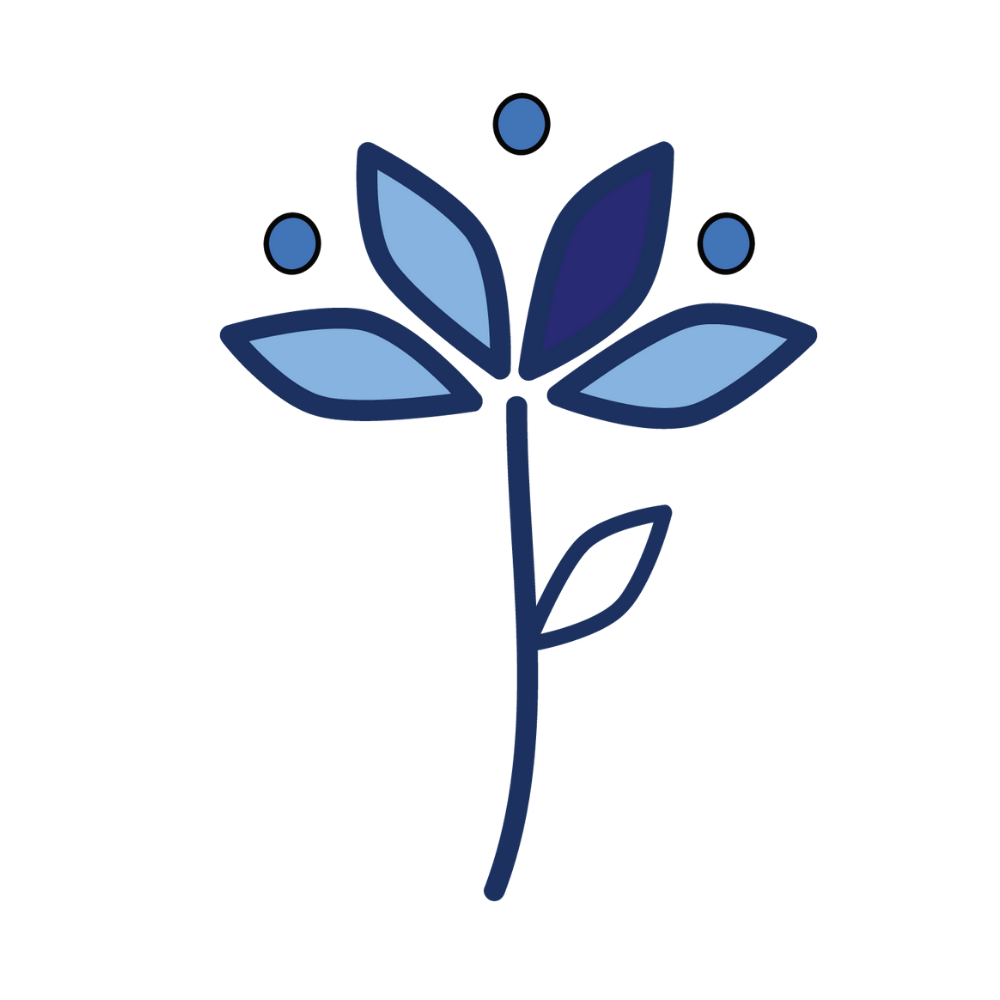
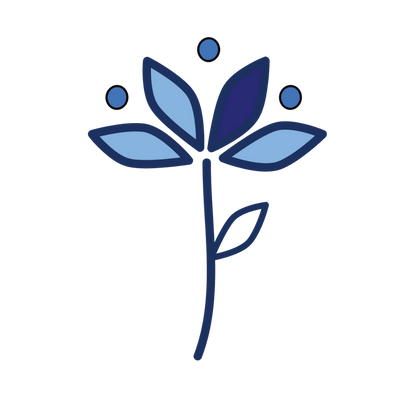
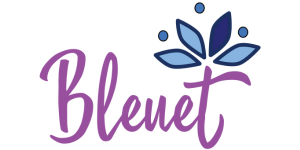
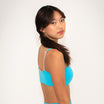

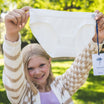


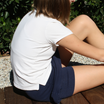
Leave a comment